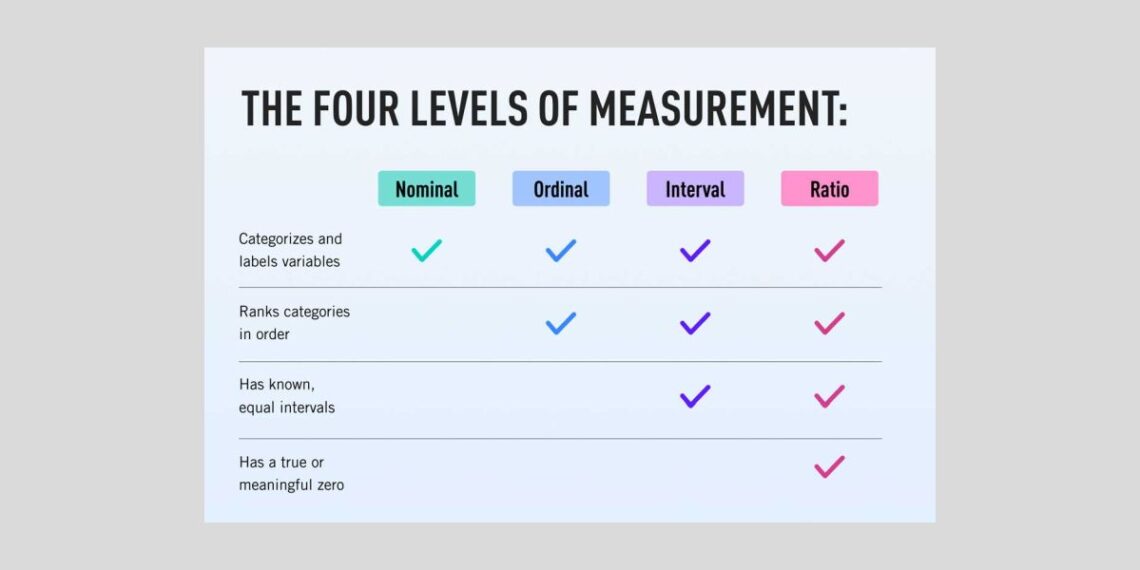‘Structualism and the Plant Kingdom’ is my personal response to the three Homeopathic methods (Classical, Sensation and Minerals) , that were vying for supremacy during my fours years of attending North West College of Homeopathy. At college the modern methods were presented as specialist subjects taught by different, learned, exponents of one or the other field.
As a result most graduates left the course favoring one method over another. Perhaps this trend toward taking sides with one school or another arose from differences in the actual consultation, or from differences in understanding the Materia Medica, However it came about, the modern schools of homeopathy were seen as separate and different, with one addressing the problems of the Plant Kingdom and one addressing the Minerals.
Dr. Sankaran went some way towards healing this rift with his two important volumes on “Structure”. My own book argues that the two methodolgies can be reconciled further by deconstruction of remedy pictures into smaller, simpler elements. Each element is merely a single aspect of the case or the remedy.
The Miasms, both classical and recent, are quite clearly and manifestly tied to specific diseases such as Syphilis, G.O, T.B and so on. The concept of a misam is a generalisation derived from deconstruction of the disease state, which comes from symptom by symptom comparison and ranking. This method of analysis allows us create a valid scale of spectrum for the comparison of symptoms. Hence, we have a general, working model of the parameters that qualify a problems as Sycotic (e.g. overproduction) or Syphilitic (e.g. destructiveness). The three miasm model was expanded by Dr. Sankaran to ten miasms, which cover the characteristics of the most distinctive types of complaint that he found in clinic.
Even so we still lacked an exhaustive system of categorisation of disease – a ‘theory of everything’! The next important development in my own homeopathic education came from Misha Norland in the form of a reworking of the classical teachings on constitutional types. This approach created yet another perfectly valid way of deconstructing completely different aspects of disease into charateristic ‘atoms’ to create a new classification.
Dr. Scholten used the relativity of elements to create yet another classification based on a slightly more social and psychological paradigm which yielded the eighteen stages. Modern psychologists use five distinctive psyscholocal parameters in the Big-5 inventory of personality traits. Followers of the Enneagram teachings discern nine distinctive personality types. We could go on adding scales, tables and classification ad infinitum.
The important thing is to decide which is the most useful, which implies making a decision about which classification suits the patient in front of us. It is the nature of the presenting complaint which should determine the appropriate method of classification.
All these methods gives a new flexibility and freedom to chart, tabulate or plot the progress of a patient in a number of ways, on any scale we choose. The only requirement of a valid scale is consistency – which comes from perceiving, measuring and comparing all the variables accurately.
Enjoy learning. Enjoy Homeopathy.






